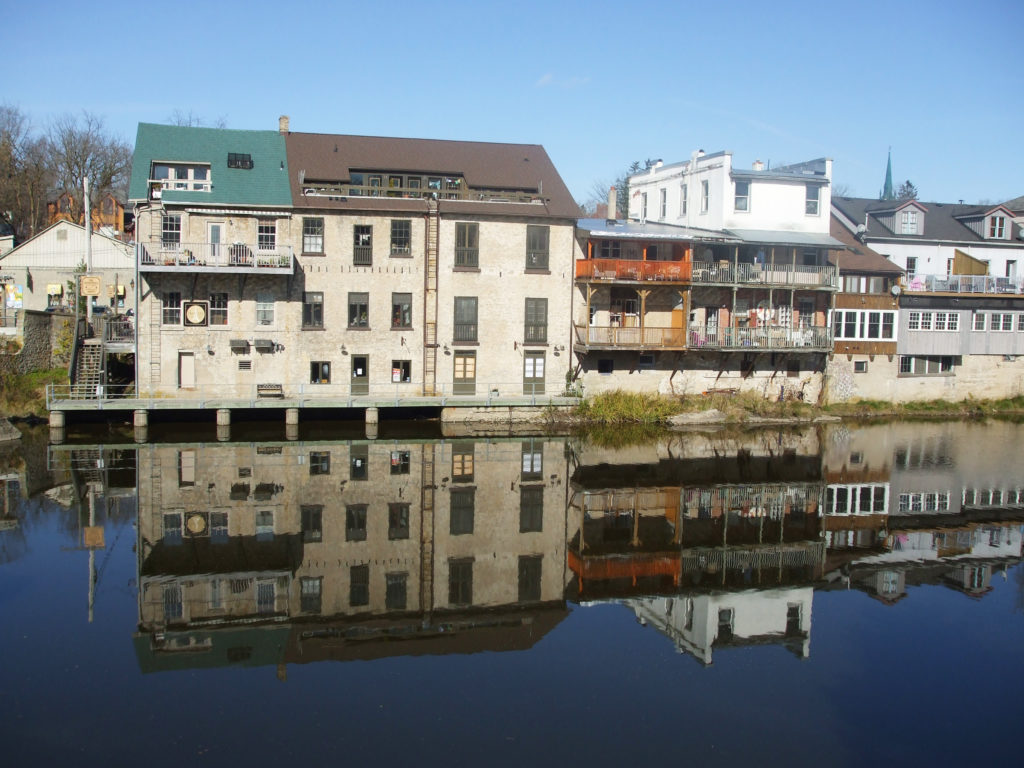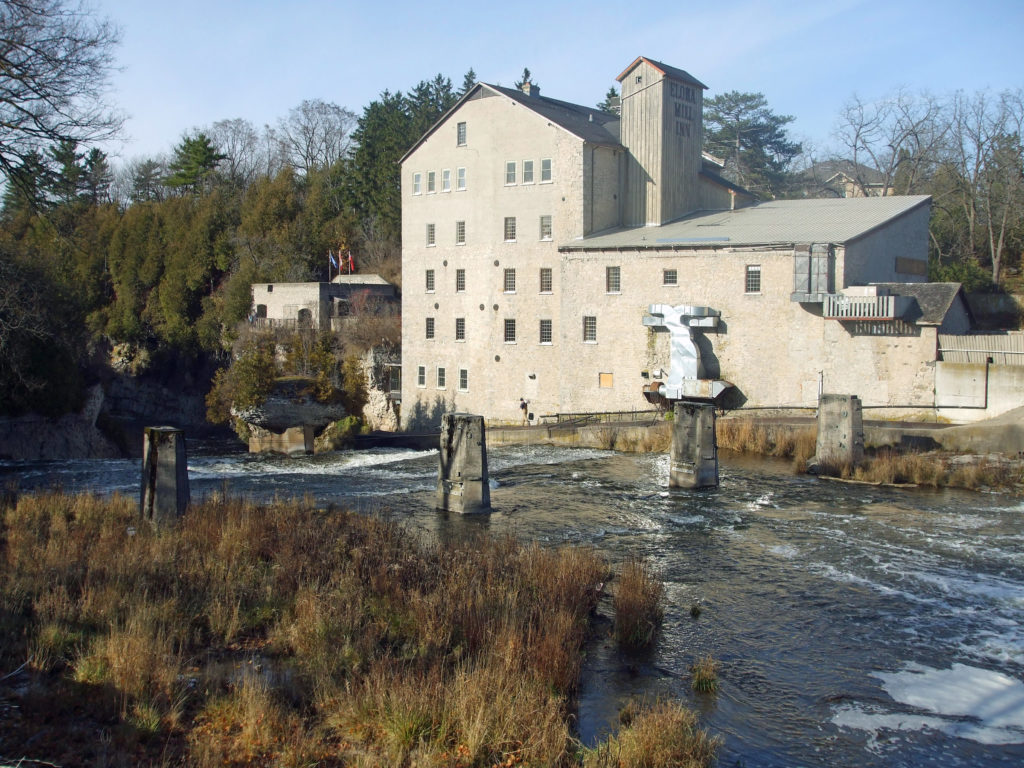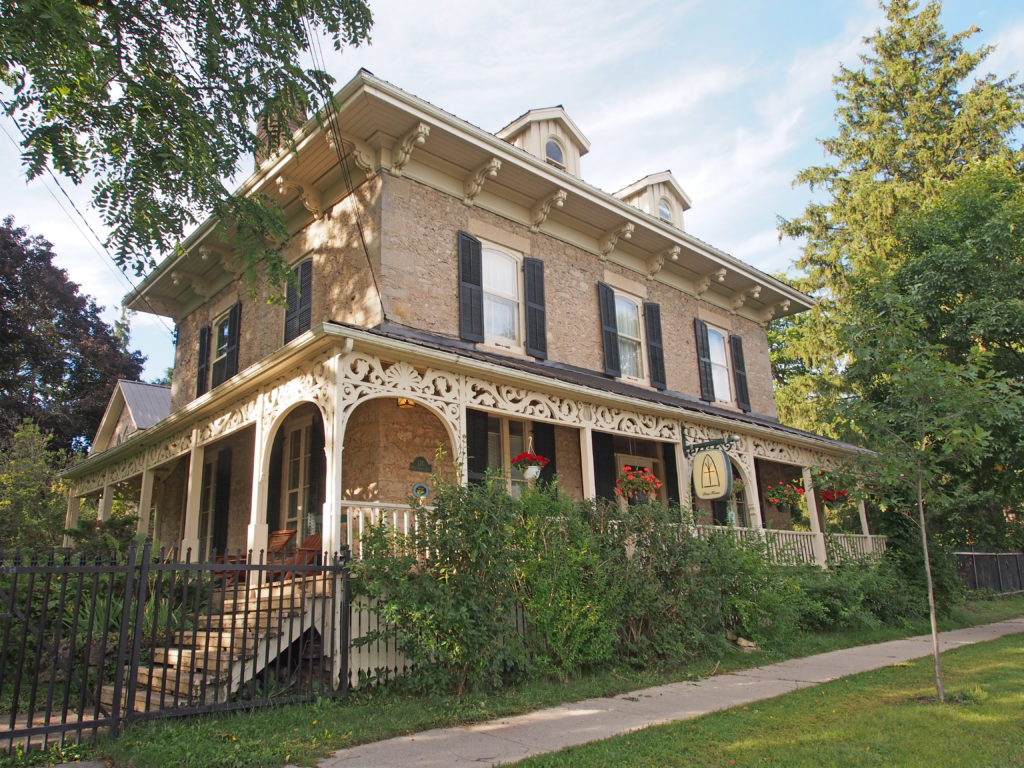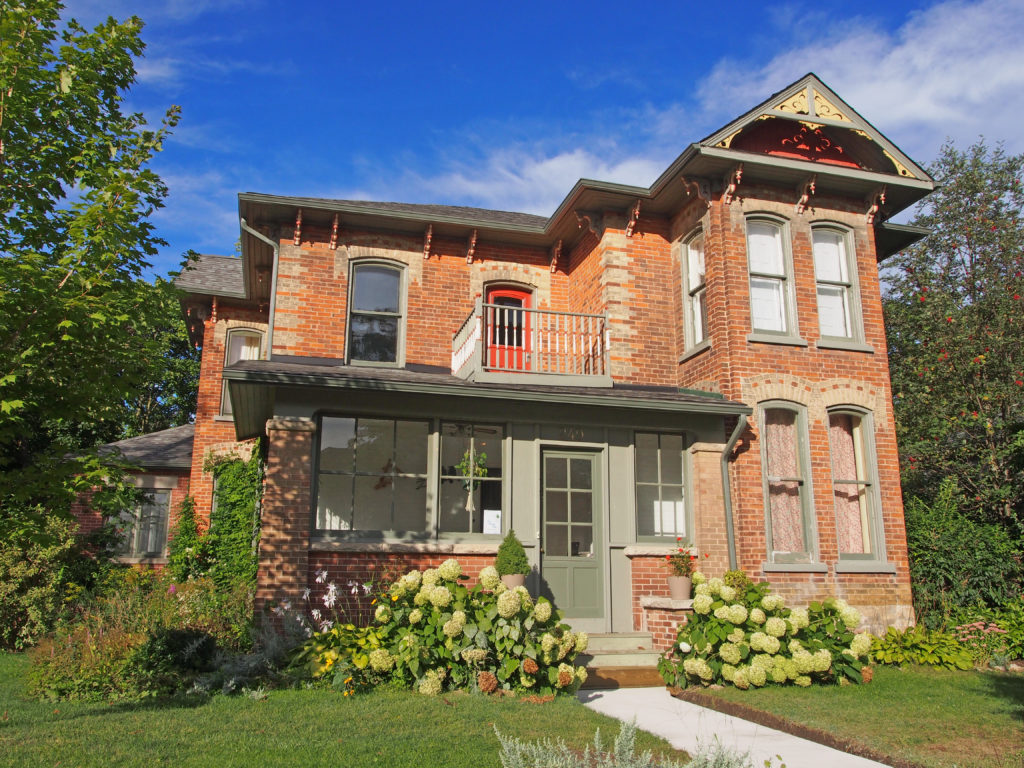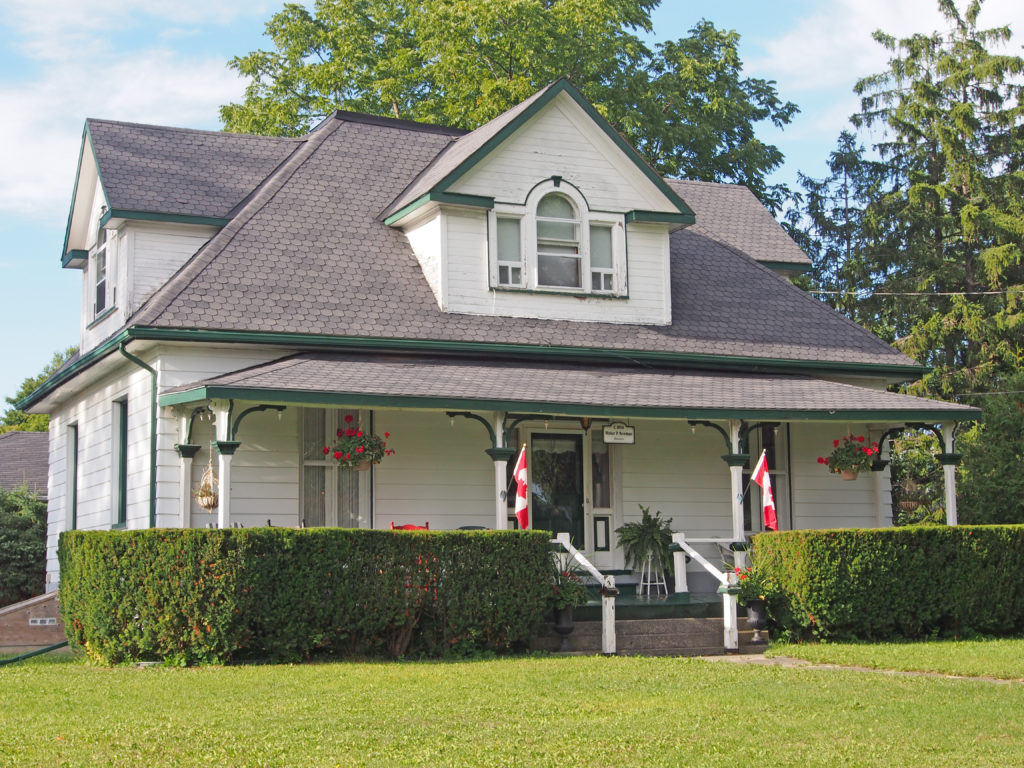Elora, Ontario – My Top 5 Picks
Elora is located in Wellington County on the Grand River and is about twenty kilometers north of Guelph, and twenty kilometers northeast of Kitchener-Waterloo.
Elora was founded in 1832 by Captain William Gilkison, a British officer recently returned from India. Gilkison named the community after his brother’s ship, which was itself inspired by the Elora Caves near Aurangabad, Maharashtra, India.
The Elora Gorge, located at the western edge of the village, is one of the most scenic areas in Southern Ontario with its limestone cliffs descending 80 feet into the Grand and Irvine rivers where small caves, rapids, falls and quiet waters beckon visitors.
At the foot of Mill Street stands the Elora Mill, one of the few early Ontario five-story grist mills still in existence.
David Boyle, born in Scotland in 1842, came to Canada in 1856 and settled in this area. As a local school teacher, he began an extensive collection of native artifacts and became an archaeological authority. In 1886, Boyle was appointed the first curator of the Provincial Archaeological Museum in Toronto. He was dedicated to the study and retention of artifacts and he initiated an active program of excavation and acquisition. Through his work on Ontario prehistory, Boyle gained international recognition as a leading Canadian archaeologist and anthropologist.
When Elora first established itself as an agricultural supply center in the mid-nineteenth century, farmers coming from the north were greeted by a wagon and carriage factory, a lumber yard, blacksmith shops, and a farm implement enterprise.
